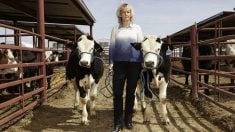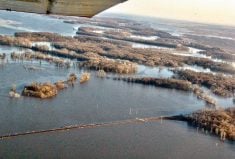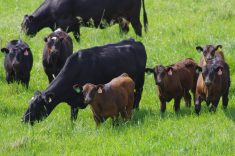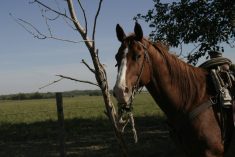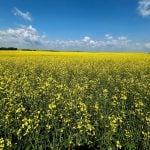Evan Jamieson knows what he’s looking for.
The 11-year-old from Langdon, Alta., carefully jotted down notes on his card recently as he examined four heifers, evaluating their bone structure and muscle with a steely eye as he tried to determine a winner.
He started from six metres behind the animals because his height, at less than five feet, can make judging difficult if he stands too close.
Jamieson, who has two years of judging under his belt, was in the junior class at the Canadian Charolais Association’s judging competition held during its annual youth conference in Saskatoon.
Read Also
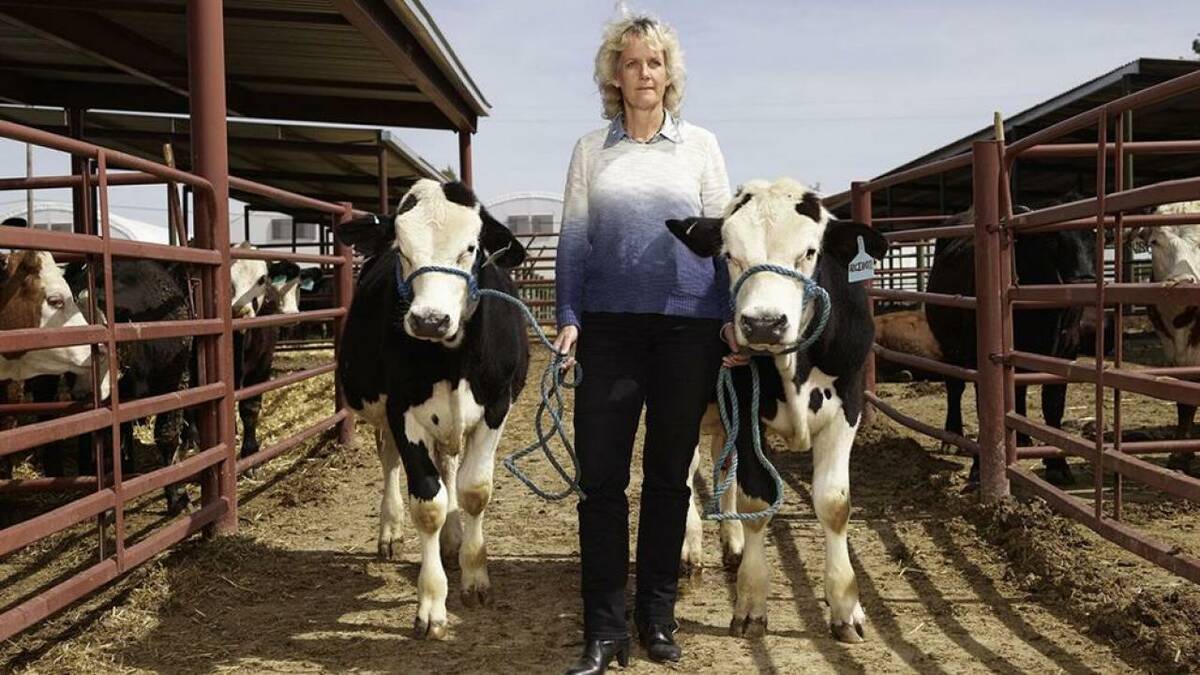
Stacking Canada up on gene editing livestock
Canada may want to gauge how Argentina and other countries have approached gene editing in livestock and what that has meant for local innovation.
Jamieson also got to try his hand at judging steers and hay.
He said he wouldn’t mind judging when he is older, but he would really like to be a ringman.
“I’m good with animals, good at approaching them. I can’t really explain it,” he said.
Stephen Wielgosz, an experienced cattle judge and Charolais breeder from Yellow Creek, Sask., said some children struggle with judging at first, but many of them come up with the same results as he would.
“You see a lot of them who hand in cards that really know their terminology,” he said.
However, Wielgosz, who helped guide the young judges during the competition, said he’s more interested in seeing them learn what to look for and be able to back up their reasoning for a decision.
Judging cattle can sometimes be more of an art than a science, he added.
Wielgosz said he hopes the experience helps children pick 4-H projects and manage their own herds, even if they don’t continue judging.
Kasey Phillips, a grain farmer and Charolais breeder from near Waskatenau, Alta., said youth events promote more than just livestock knowledge.
“You learn public speaking, how to make eye contact, and just … how to interact well with people,” he said.
Phillips was involved in the same youth events as a child, and went on to serve as president of the Canadian Charolais Youth Association in 1993.
His son, Kord, 10, and daughter, Peri, 8, competed in the judging event.
He said scholarship opportunities can help with post-secondary education when the young judges get older.
Phillips said the best thing about events like this is that they are a good chance for children to meet people from other provinces. He said he developed lifelong friendships as a contestant and hopes his children continue withthe program and get a chance to do the same.


